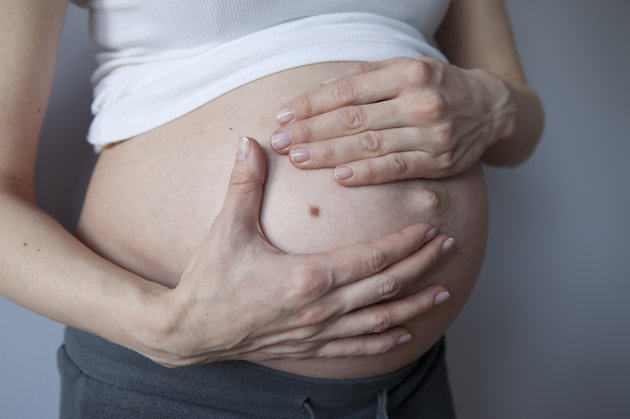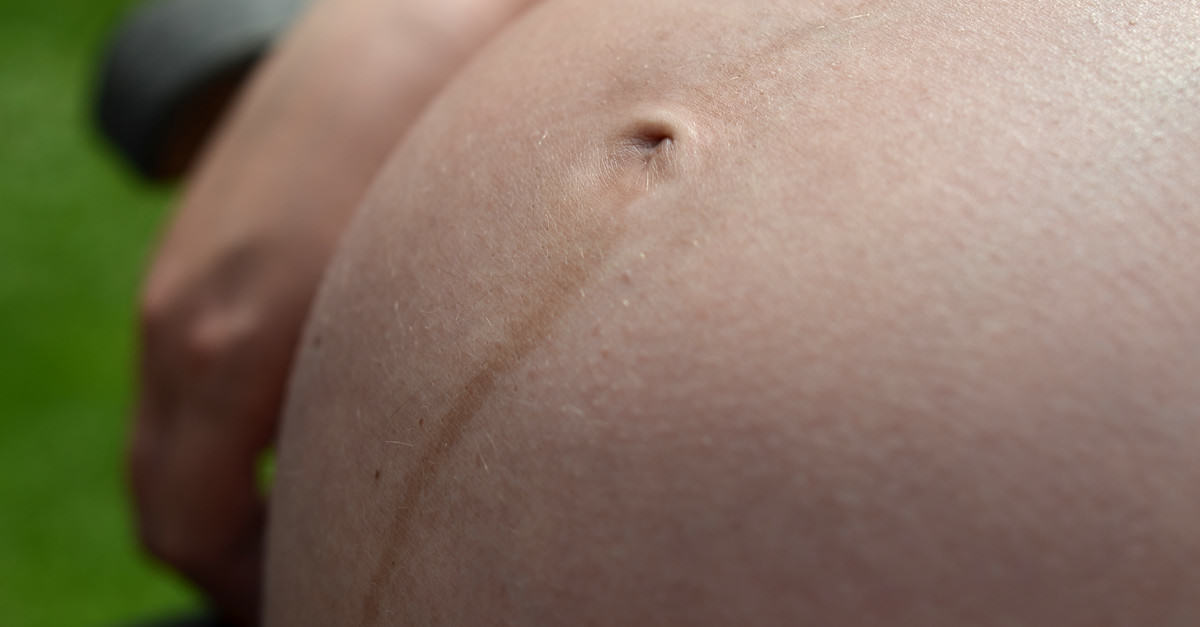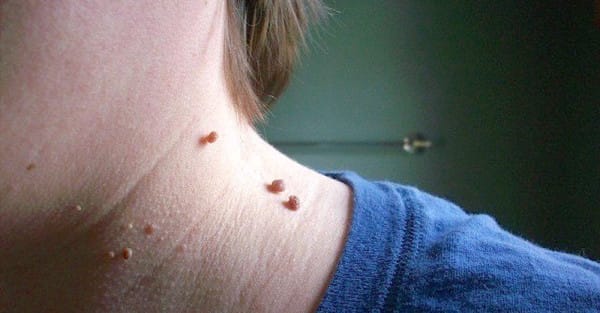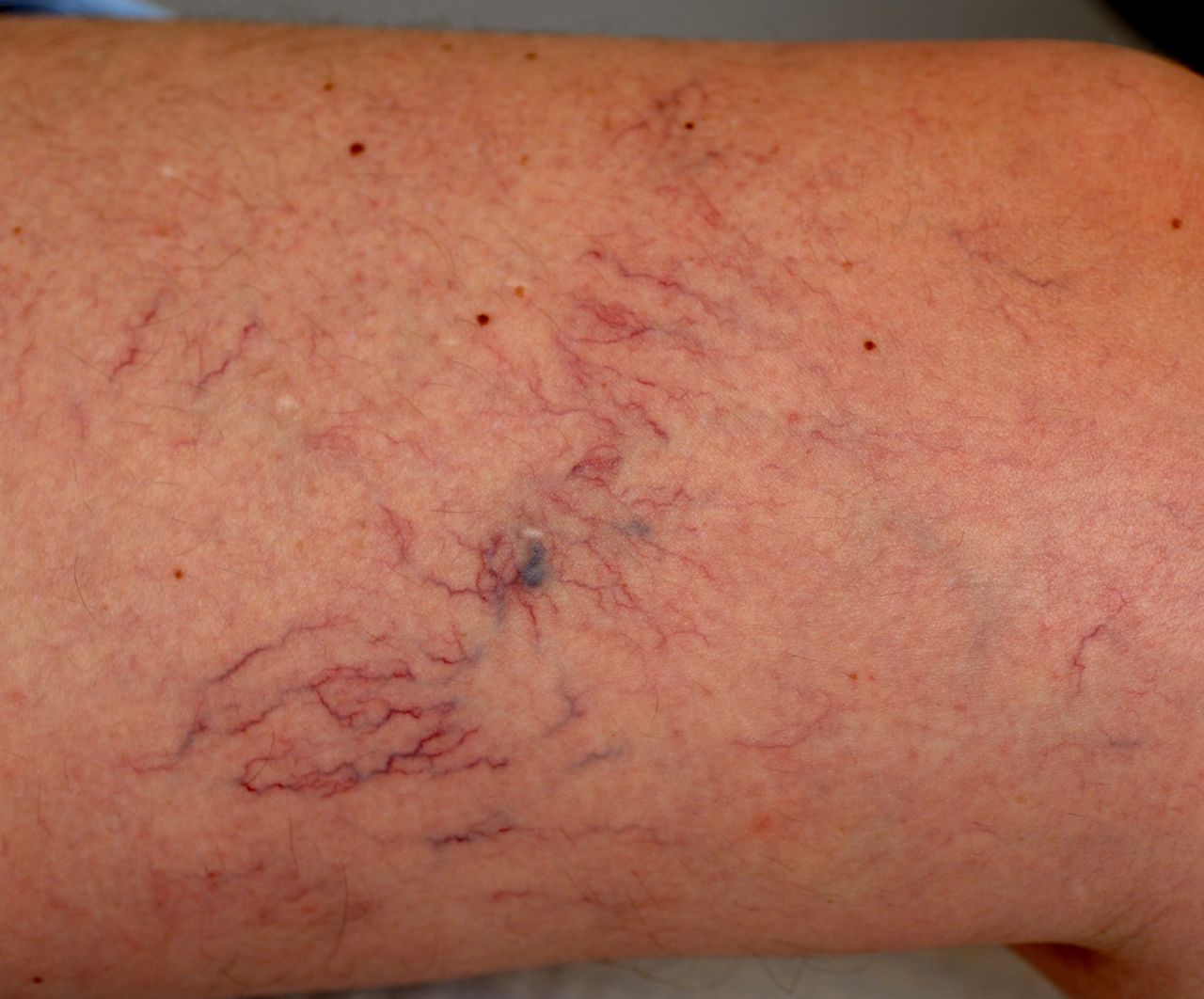Moles come in all shapes, sizes and color. These non cancerous spots can range from slightly darker skin color to very dark brown or black. There can be dark or black hair on them. Congenital moles are present at birth but most of the moles are acquired later in life. They are also termed as “beauty spots” and are harmless.

Are Mole Changes in Pregnancy Normal?
It is fairly common to have some mole changes during pregnancy and there is no need to be worried about them.
During pregnancy, the existing moles can become larger or darker in color, especially if they are present on breasts, face, thighs, and armpits or around vaginal area. Moles are made up of skin cells with very high concentration of melanin. Estrogen and progesterone, which are present in very high quantities in the body during pregnancy, stimulate melanin production. This can lead to the formation of new moles or freckles and can also make the existing moles darker in color.
When to Worry
Most of the mole changes in pregnancy such as number, size or color are harmless. Very rarely there can be some changes which can be cancerous. You should consult your GP if any of the following changes are observed in a mole:
- If a flat mole becomes raised
- Most of the moles are circular or oval, do see your GP if they acquire irregular borders or have an asymmetric shape
- Most of the moles have a single color. If they have uneven color they have to be checked.
- If the mole becomes tender and is red in color
- In case of any pain or itching in it
- Any form of bleeding or crust formation
- Any marked change in size of the mole
Watch Out For Cancerous Moles
 Most of the times, moles are non cancerous. Very rarely, they can have a malignant transformation and can turn into a "Melanoma", which is a very aggressive form of skin cancer.
Most of the times, moles are non cancerous. Very rarely, they can have a malignant transformation and can turn into a "Melanoma", which is a very aggressive form of skin cancer.
Melanomas are fast growing and dark spots and can arise as a new growth or a preexisting mole can turn into one. If a mole grows very rapidly in size, has irregular borders or shape and bleeds or itches, it must be evaluated immediately to rule out a malignant transformation.
If detected in early stages, surgery is the treatment option with very good results. Further follow-up is required to detect and prevent any recurrence.
Tips to Prevent Cancerous Moles
People with a lot of moles on their bodies need to have extra caution to prevent the occurrence of melanomas. The best thing to reduce the chances of having a melanoma is to minimize UV light exposure and sun damage.
Here are a few helpful tips to protect your skin:
- Between 11 AM to 3 PM the sun is at its strongest, try to avoid harsh sun light during this time and stay in the shade.
- Prefer full sleeves clothes, and try to wear hats and sun glasses while going out.
- It is essential to use a sun screen with a high SPF. The most important thing is to reapply it after every couple of hours and especially after swimming.
- Sun beds should be avoided as they emit high levels of UV rays.
Other Skin Changes In Pregnancy
While mole changes in pregnancy are fairly common, there are a lot of other changes in skin observed during pregnancy, some of them are:
1. The Pregnancy Glow
 The pregnancy glow is not a myth. The glowing skin observed by many pregnant women is due to an increase in the blood volume and abundance of blood flow in the tiny blood vessels beneath the skin. The oil glands of the skin also become more active during the pregnancy and give the skin a very shiny appearance. These changes are observed in non pregnant people when the heart rate increases, especially when they are excited or emotional. Pregnancy also causes an increase in heart rate and leads to radiant skin.
The pregnancy glow is not a myth. The glowing skin observed by many pregnant women is due to an increase in the blood volume and abundance of blood flow in the tiny blood vessels beneath the skin. The oil glands of the skin also become more active during the pregnancy and give the skin a very shiny appearance. These changes are observed in non pregnant people when the heart rate increases, especially when they are excited or emotional. Pregnancy also causes an increase in heart rate and leads to radiant skin.
2. Acne
 Acne can occur during pregnancy and is generally very mild. The oil glands become very active in pregnancy and the pores become larger leading to acne. The pimples always clear off after delivery.
Acne can occur during pregnancy and is generally very mild. The oil glands become very active in pregnancy and the pores become larger leading to acne. The pimples always clear off after delivery.
It is important to treat the skin gently and use mild cleansing products such as oatmeal based scrubs. Acne medications are associated with birth defects and should never be used during pregnancy.
3. Linea Nigra

Most women have a faint white line on their tummy from the belly button to the pubic bone. This is termed as Linea Alba. During later stages of pregnancy this can become very dark in color and is termed as Linea Nigra. It gradually fades away some months after giving birth.
4.  Red Palms and Soles
Red Palms and Soles
Besides mole changes in pregnancy, your palms and soles may also experience some changes. Due to increased blood volume and blood flow during pregnancy the palms and soles can appear reddish in color and there can be slight itching. There is nothing to worry about these changes.
5. Skin Tags
 Some tiny tags can develop on the skin during pregnancy due to over growth of the most superficial layer of the skin. These are harmless and are most commonly seen in and around skin folds like neck or under arms or where the clothing constantly rubs with the skin as under the bra straps. They do disappear after delivery and can be removed surgically if they are causing any cosmetic issues.
Some tiny tags can develop on the skin during pregnancy due to over growth of the most superficial layer of the skin. These are harmless and are most commonly seen in and around skin folds like neck or under arms or where the clothing constantly rubs with the skin as under the bra straps. They do disappear after delivery and can be removed surgically if they are causing any cosmetic issues.
6. Spider Veins

These result from a combination of increased blood volume, blood flow and pregnancy hormones. All three of them lead to increased visibility of the tiny blood vessels under the skin.
These spider veins are reddish or purple in color and while some of them do disappear slowly after delivery, many stay persistent. These can be easily camouflaged with make up or treated by dermatologists.
